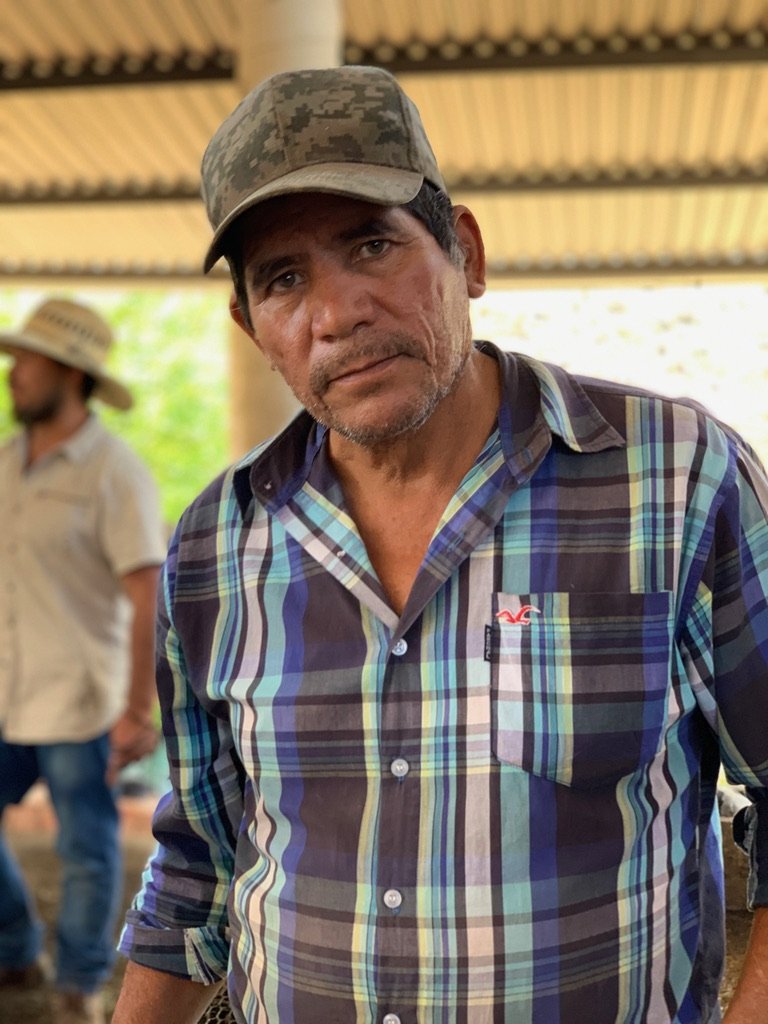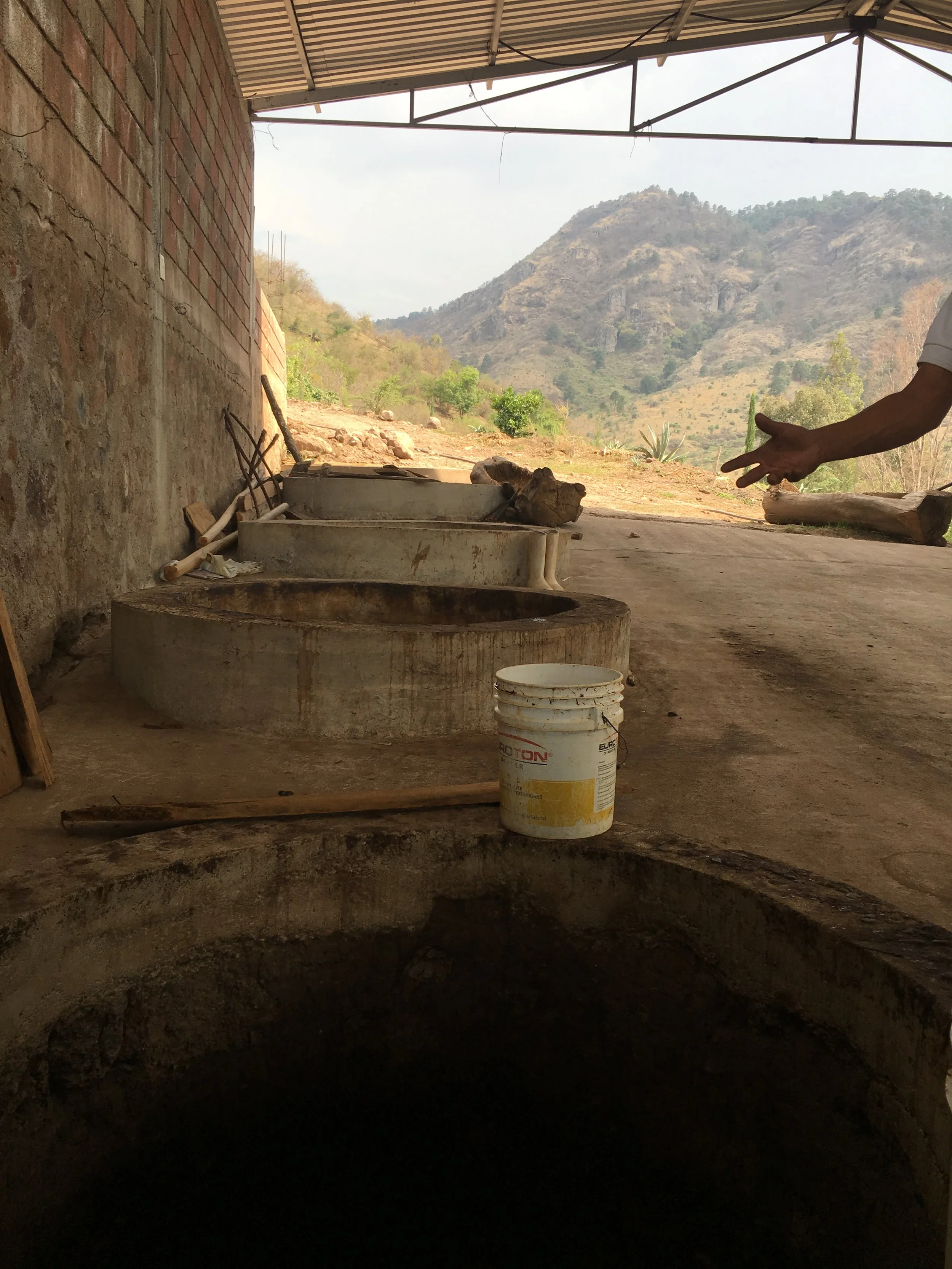Destilado de Manzana
52.2%, September 2022
Isidro Rodriguez, Río de Parras, Queréndaro, Mich.
For a guy who supposedly only makes one thing (alto), it seems like Isidro blows us away with something new pretty regularly. There’s his trout pechuga, which is as weird as it is delicious; his puro quiote batches, which defy the common understanding of how agave spirits can be produced; and now, an apple eau de vie.
When we visited Río de Parras in September of this year, we were planning on it being a social visit. The season for distilling agave wouldn’t start for another month or so, and we’d already purchased just about everything Isidro had made earlier in the year. It didn't take more than 10 minutes of small talk before Isidro asked if we wanted to see something special. Of course we did.
From a 50 liter ánfora, Isidro filled a pint glass, and then poured from it into two smaller veladoras. If there was a video, you could see the cartoon smell lines wafting out of the jug and into our noses, drawing us in. The aroma had a weight and fullness that channeled hot apple cider more than it did calvados or traditional european apple eaux de vie. Where our favorite brandies capture the essence of their fruit, reducing them down to something like a technically precise blueprint, Isidro’s destilado de manzana was like a Titian painting, full of flesh and blood.
We drank a healthy (unhealthy) amount with Isidro, and purchased the rest, knowing that the 47 liters or so would have to be something for Mixtape.
How it was made
At the beginning of September, The Rodguez family harvested the annual crop of apples from their 50-something trees. Like most farmers in the area, they grow a diverse mix of crops throughout the year, which they sell at the markets in nearby Morelia. Normally, the apples that are too bruised get eaten by the family or fed to their animals. This year, Isidro decided to take a pile of them to the vinata to see what he could do.
Starting with 500kg Rayada varietal apples (similar to Pink Lady apples) and 500kg California varietal apples (similar to Fuji apples), the team mashed the fruit by hand in their eucalyptus canoas. No need to roast the apples as they would with agave since unlike agave, the raw fruit already has plenty of fermentable sugars. Next, the resulting juice, pulp, skins, stems and seeds were all loaded into a underground fermentation pit, and topped with spring water. For this batch, Isidro didn’t add any of the pulque he would normally use when working with agave. Instead, he introduced several packets of store bought baker’s yeast. The mash was allowed to ferment for 10 days, before being loaded into the filipino stills and run for two passes. The result was about 50 liters of high-proof apple eau de vie.






